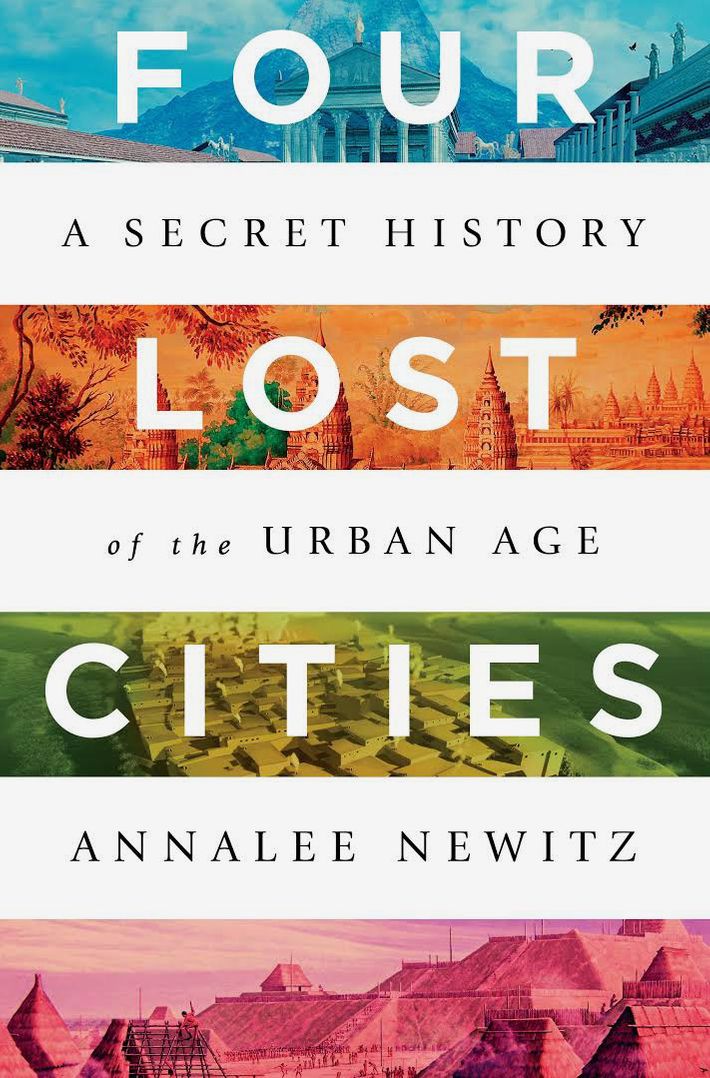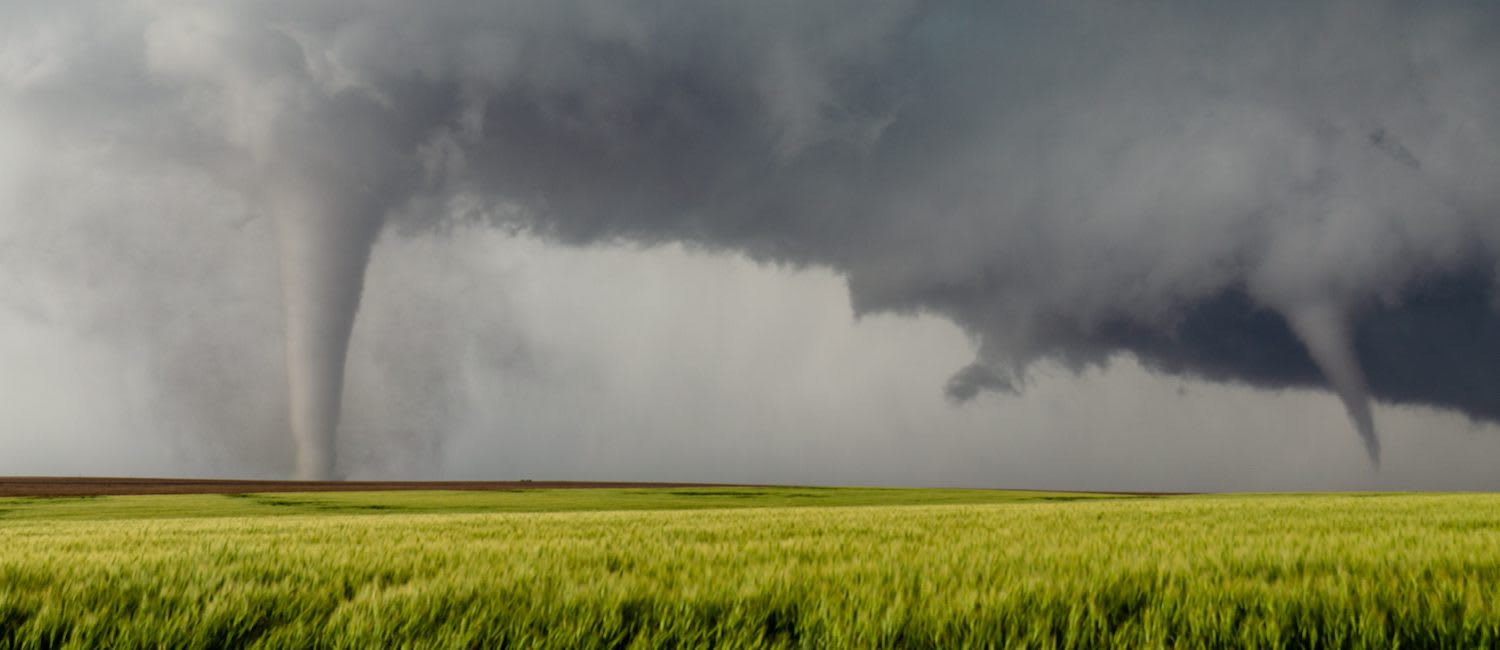Review of Annalee Newitz’s Four Lost Cities


Pompeii
Photo: Buena Vista Images / Getty Images
How does a big city die? How does a place that generations have considered a dynamic center – essential, teeming, terrifying, grandiose – become a sad and silent field? I have always found the relics of mass abandonment terrifyingly fascinating: Mayan pyramids crossing the jungle canopy at Calakmul on Mexico’s Yucatán Peninsula, teeming with monkeys; the ocher and gold remains of Morgantina, a graceful Greek enclave in the Sicilian hills; Bodie, Calif., Was once the home of 10,000 miners and lounge chairs and now just vacant homes and parched tavernas under the desert sun. These sites make it easy to consider the future obliteration of Washington, DC or Los Angeles. It’s harder to understand how this passage unfolds, except perhaps in the form of a violent upheaval – an earthquake, a plague, an alien invasion, burning everything in a matter of minutes.
And yet, as Annalee Newitz writes in a new book, Four lost cities: A secret history of the urban era (WW Norton), convulsive destruction is rare, and even more rarely definitive. Cities tend to recover from disaster and achieve even greater glory, such as London after the great fire of 1666, Chicago after its fire in 1871, San Francisco after the earthquake of 1906 and Berlin after the Allied bombings. of World War II. In his 2005 book, Collapse, Jared Diamond argued that urban death results from the interplay between environmental calamity and war or social upheaval, which periodically overwhelms seemingly strong societies, leading them to extinction. Newitz offers a less deterministic and more nuanced overview of history, descending on four metropolitan centers that took centuries to rise and that lasted for centuries longer before following unpredictable paths to disarray. No unified theory of failure here.
The cities Newitz examines were radically different. Pompeii was a merchant metropolis, its streets lined with shops, its population organized into providers of specialized services like sex, cooked meals and legal advice. A New Yorker would feel at home there in minutes. The Neolithic town of Çatalhöyük, in what is now Turkey, was a collection of farming villages in which everyone’s home was a place of work. Cahokia, on the banks of the Mississippi, was a sort of pre-Columbian Vatican, a center of greatness and religious order. Angkor, Cambodia, a royal capital carved out of the jungle, was designed for spectacle and astrological perfection. Each of these places had its own reason for dying, usually at such an icy rate that no inhabitant or even an entire generation would have recorded decay. The constant is that they have expired when their leaders are tired of maintaining them or the cost of maintenance is not worth the return. Mismanagement and inertia are more formidable enemies than cataclysm, although they result in less dramatic death.
Even for Pompeii, the archetypal example of a city crushed by the rage of nature, the end has not come as definitively as hindsight suggests. It is true that Vesuvius erupted in AD 79 and sent a pyroclastic stream of ash, molten rock and deadly gas sweeping the streets, killing over 1,000 people as they curled up and poisoned the fertile slopes of the volcano. And yet, thousands more have survived to thrive – not here, but in neighboring towns, seeding the entire region with Pompeii’s distinctive blend of cosmopolitanism, commercialism, liberalism, and social mobility. A generation of liberti, or former slaves, took advantage of this decision to rid themselves of the stigma of their status and, in some cases, to appropriate the wealth of the families they had served. The flood of displaced people challenged the imperial government of Rome to meet their needs and match their ingenuity, which it did by building new roads, stadiums, neighborhoods and theaters. Enough people took advantage of the disaster to keep the Pompeian culture alive.
The long-term view suggests that what looks like failure eventually turns into another form of success. Newitz does not speak of Rome’s slow, agonizing illness as the empire collapsed and the city reverted to being a muddy slum. And yet he was born again and again. This week Rome is celebrating 150 years since it was wrested from papal control – or rather papal neglect – to become the capital of Italy. In the first two decades after 1871, it leapt from a premodern city, its churches interspersed with pastures, orchards and floodplains, to a metropolis of industrial Europe. Its population has doubled in those 20 years, then doubled again and again (now stands at around 2.8 million), and its prosperity has grown with it.
Photo: WW Norton & Company
Newitz recounts the attempts of archaeologists to recount eras through the stories of individual people. In Pompeii, we meet Julia Felix, an enterprising owner and operator of public baths, and a woman named Murtis, who has hung her pebbles as a professional blowjob. The chapter on Çatalhöyük dwells on the figure of Dido, a woman who, about 10,000 years ago, fell hard enough to break several ribs, an injury that interrupted her walk for the remaining decades of her life, leaving traces of suffering engraved in his skeleton. Climbing up and down ladders and through the tops of houses which functioned as a public space, Dido “wandered between the workshops on the roofs, the goat pens, the shade canopies and the small braziers for cooking in the oven. outside.” None of these old townspeople, Newitz says, would have been right to shake their heads and mutter that their hometown was doomed.
Likewise, Newitz could not have known, during years of research and writing Four lost cities, that he would come out as the experts proclaiming a new wave of urban extinctions. Perhaps this book would have been timely in almost any decade, especially in New York City, which suffered a longer death than the soprano in a Verdi opera. Deindustrialization began to eradicate its life in the 1950s, suburbanization continued the attack in the 1960s, followed by crime in the 1970s, crack in the 1980s, Disneyfication in the 1990s, September 11 and the financial crisis of the 2000s and gentrification in the 2010s. Now the pandemic is here to finish the job – or perhaps pass it on to sea level rise. Ashes to ash, dust to dust, if the virus doesn’t catch you, the climate has to.
New York faces brutal lawsuits in 2021: budget sinks, echoing office buildings, vacant storefronts, devastated businesses and eviscerated cultural institutions. No smiling booster will make the transition easier. Even if millions of newly vaccinated people emerge from their lairs in search of a good time that has been long overdue, if the doors to immigration open again and jobs return, the recovery may well be difficult. But all this journalistic catastrophism paints a deeper historical failure of the kind that Diamond and Newitz have chronicled. Pessimists see New York’s whole raison d’être burnt as the creative class heads to cheaper, more spacious pastures, taking their tax contributions with them. The idea that a city’s decline can last for hundreds of years, or reverse itself a few centuries later, isn’t very comforting when you have a single life that you’d rather spend on recovery. But then maybe what we really mean when we say a city is dying is that it has changed since we were young.
One lesson from Newitz’s book is that decline is a collective choice. Angkor’s reservoirs were pointed in the wrong direction to deal with its aggravating cycle of floods and droughts, and its leaders have given up on rebuilding them. This is a precedent that infrastructure managers in New York may want to explore. Another conclusion is that cities are social arrangements and not fixed geographic entities or accumulations of architecture. The prosperous metropolis endures thanks to its adaptive powers. In our time, changes in facades, streets, costumes and habits are happening at a speed high enough that our Didos and Julia Felix can watch it in real time – or on YouTube. New York archival footage in the 1910s, 1930s, The 50’s, and 70s, shows us a city of shadows and long-demolished buildings that is both deeply alien and quite familiar. Flexibility is the most effective survival tool.




